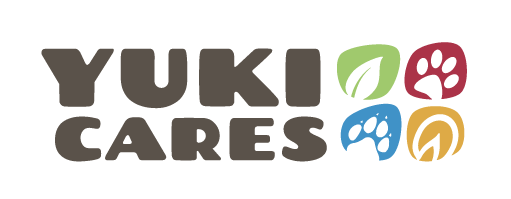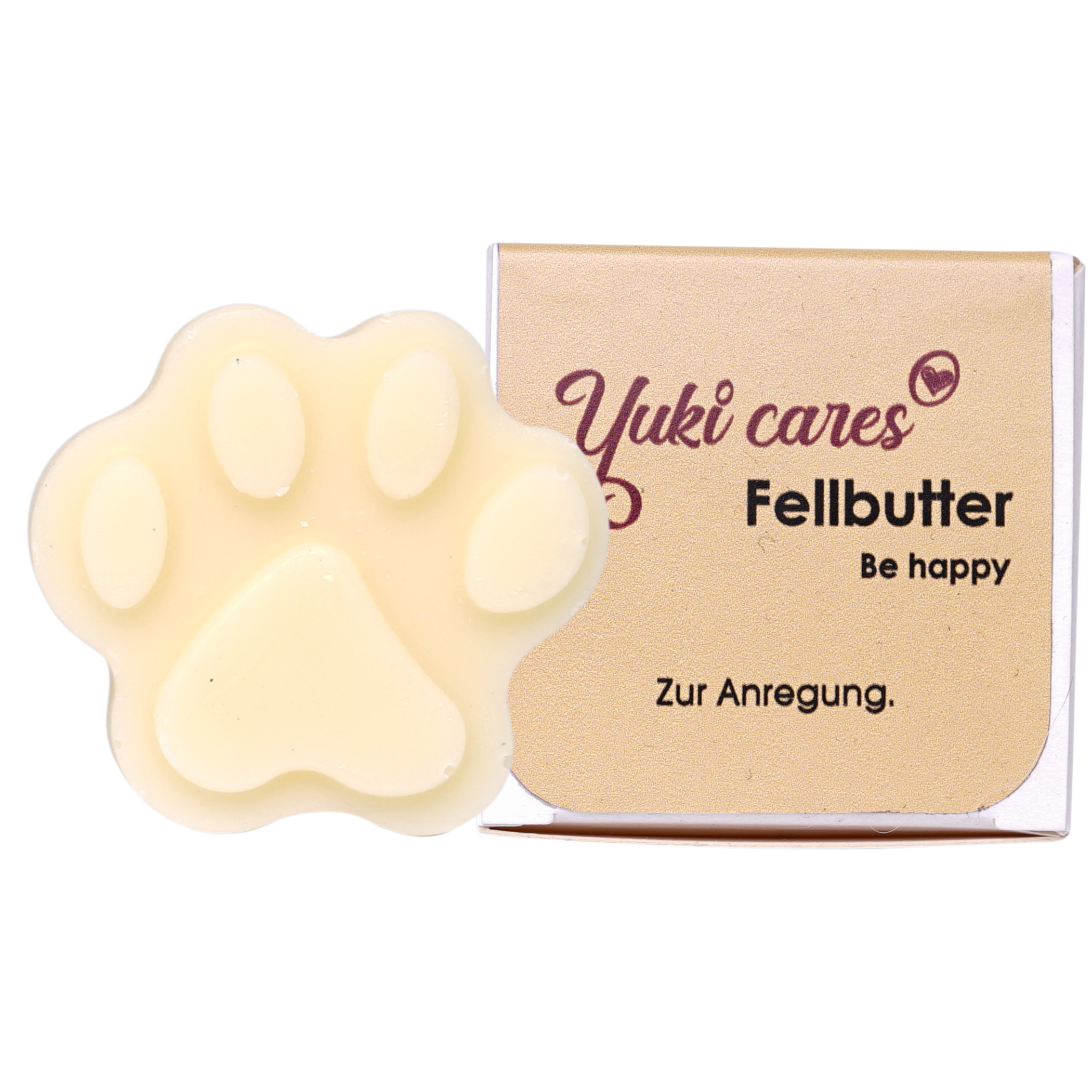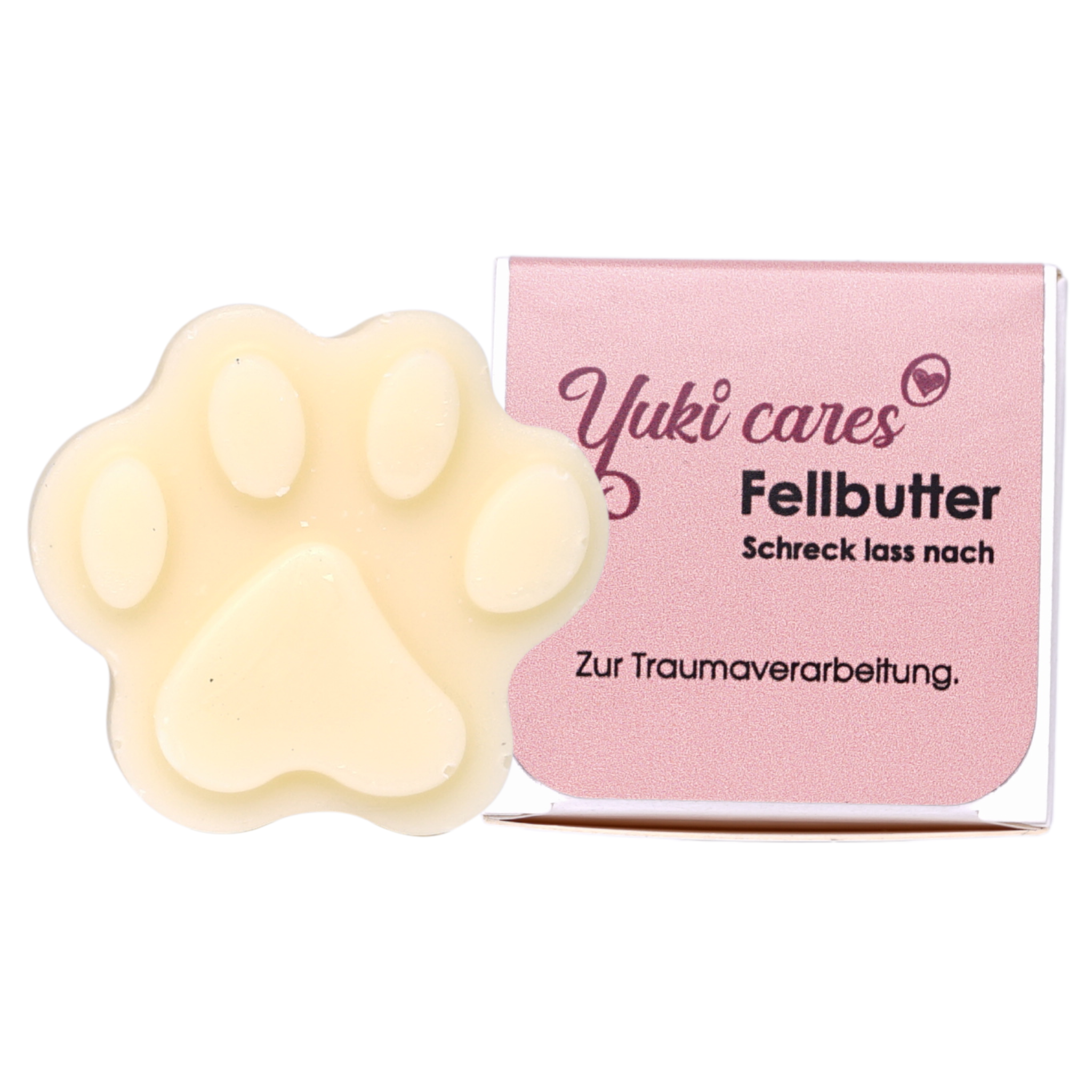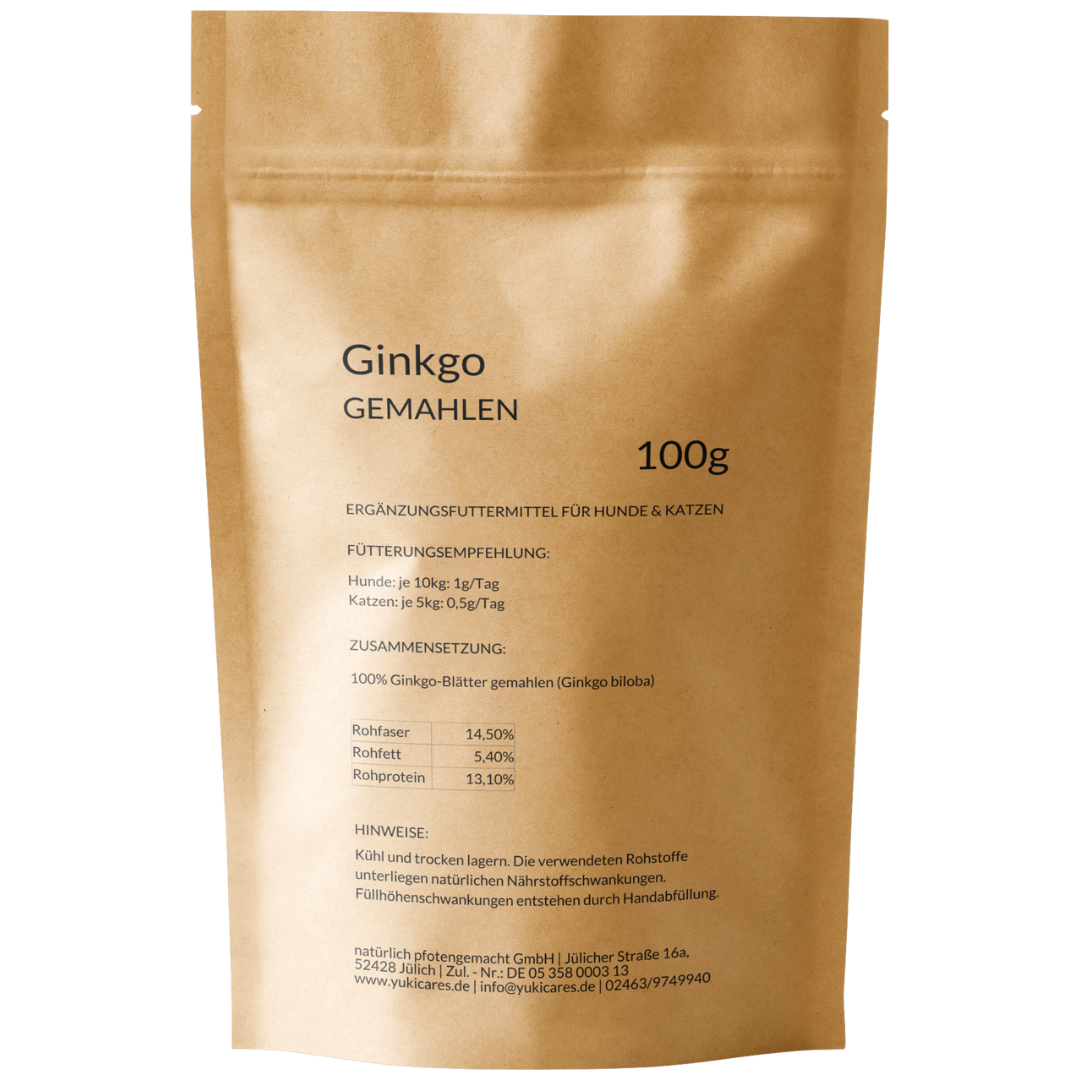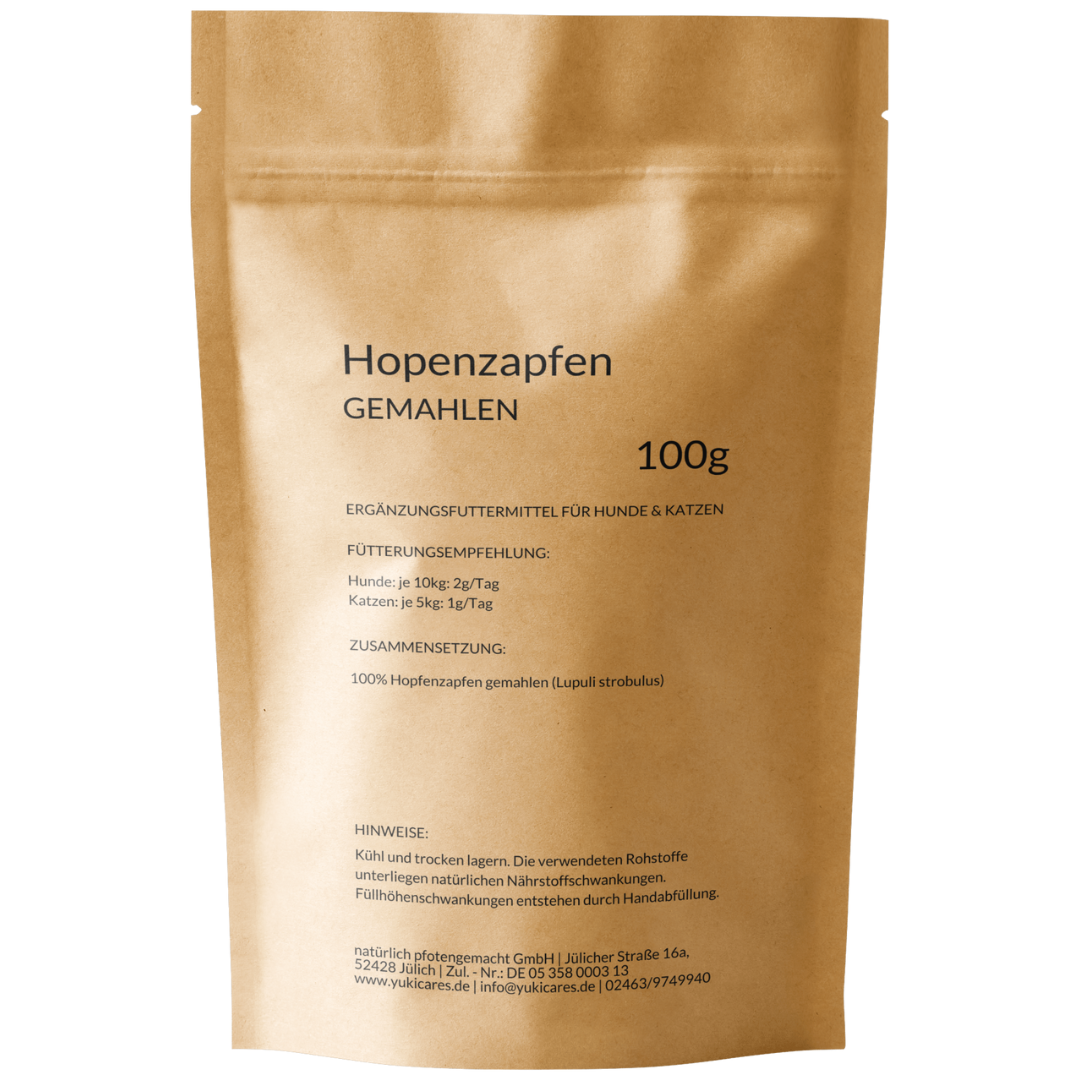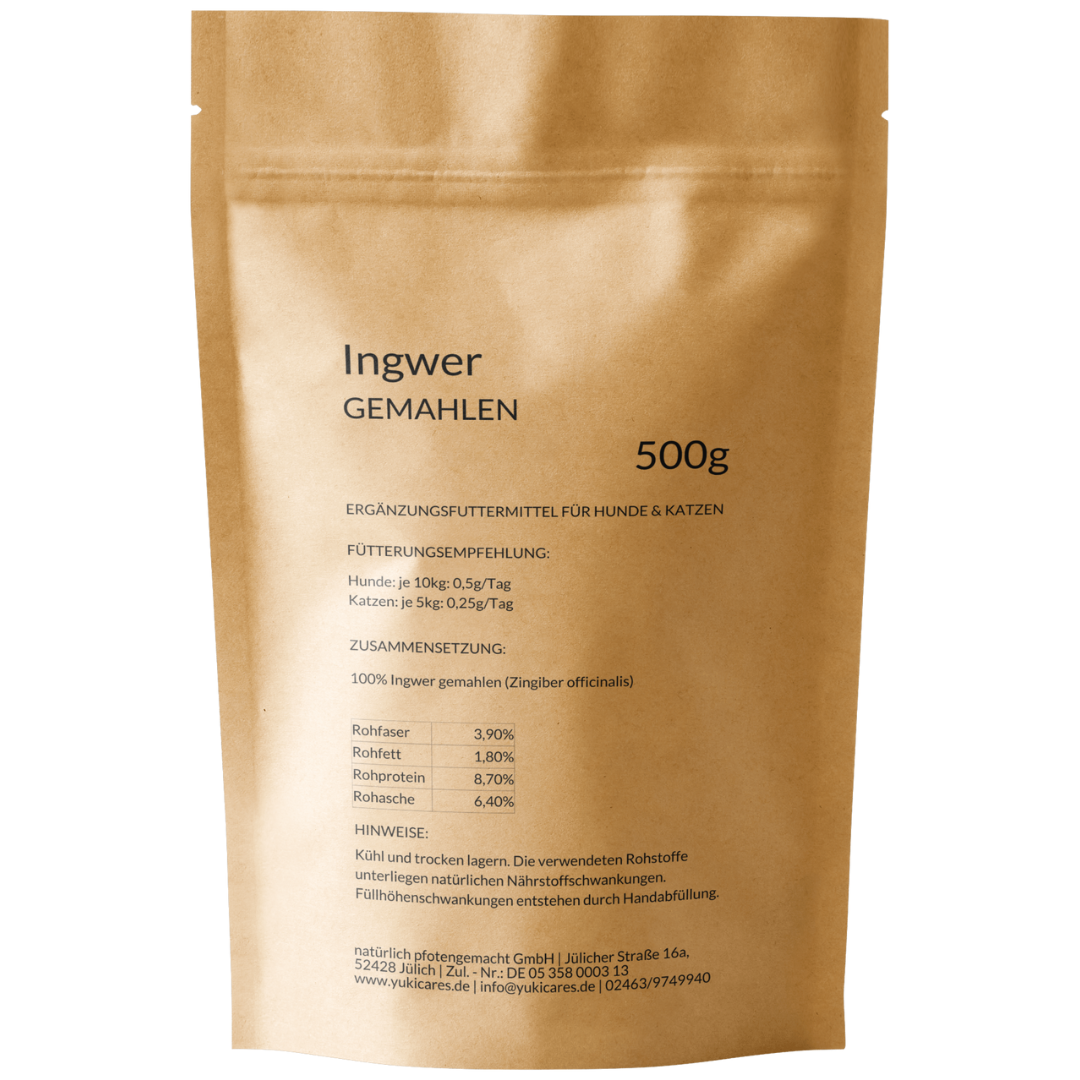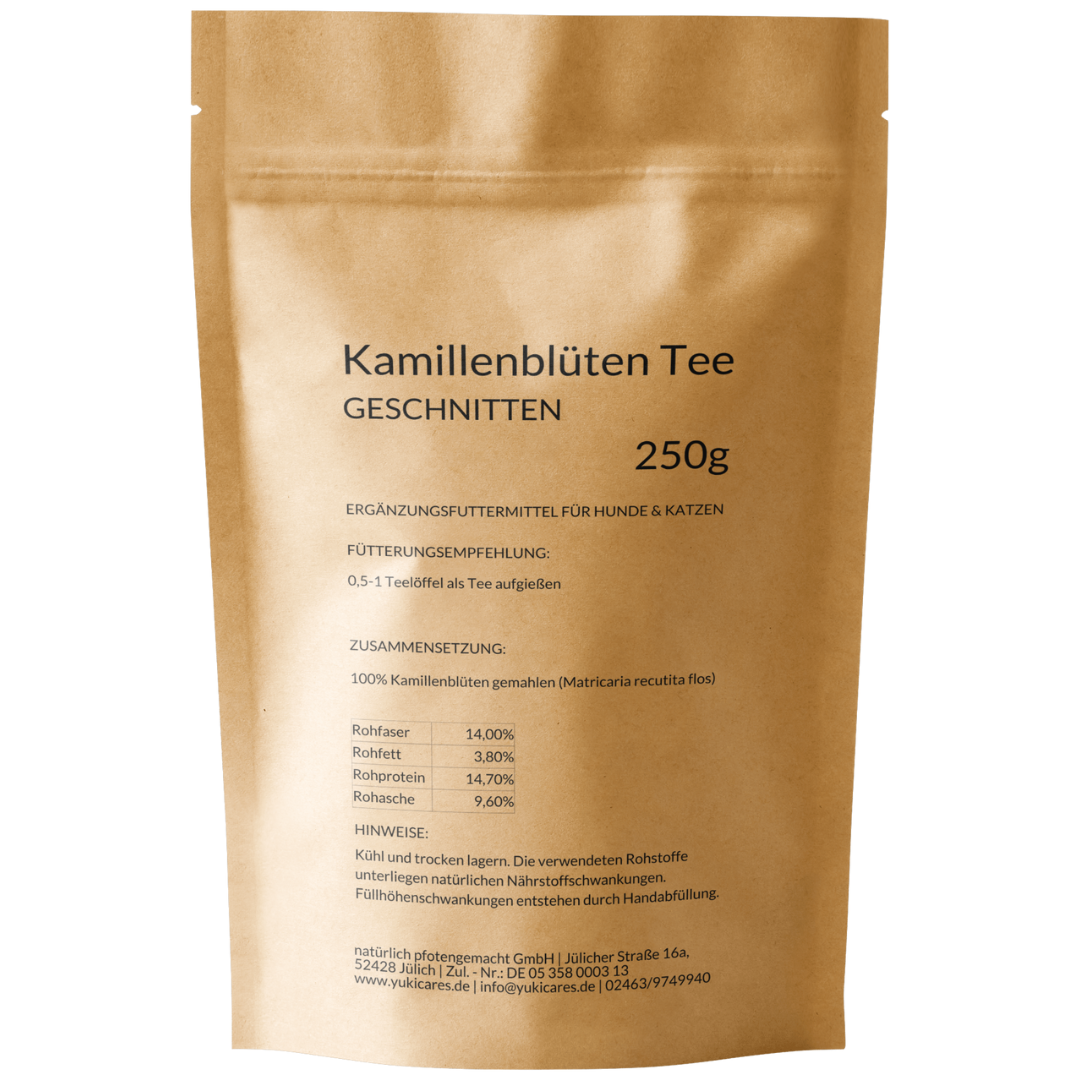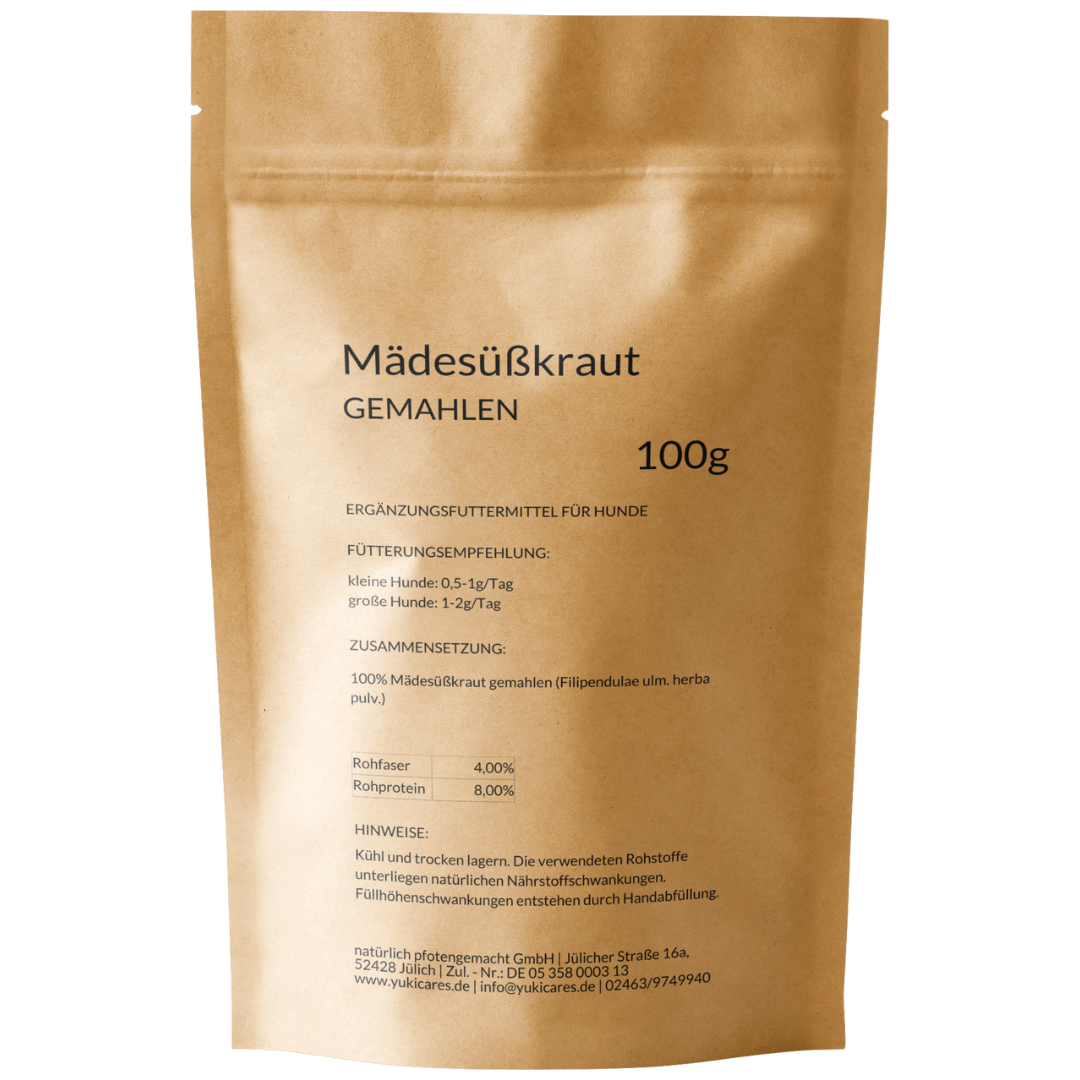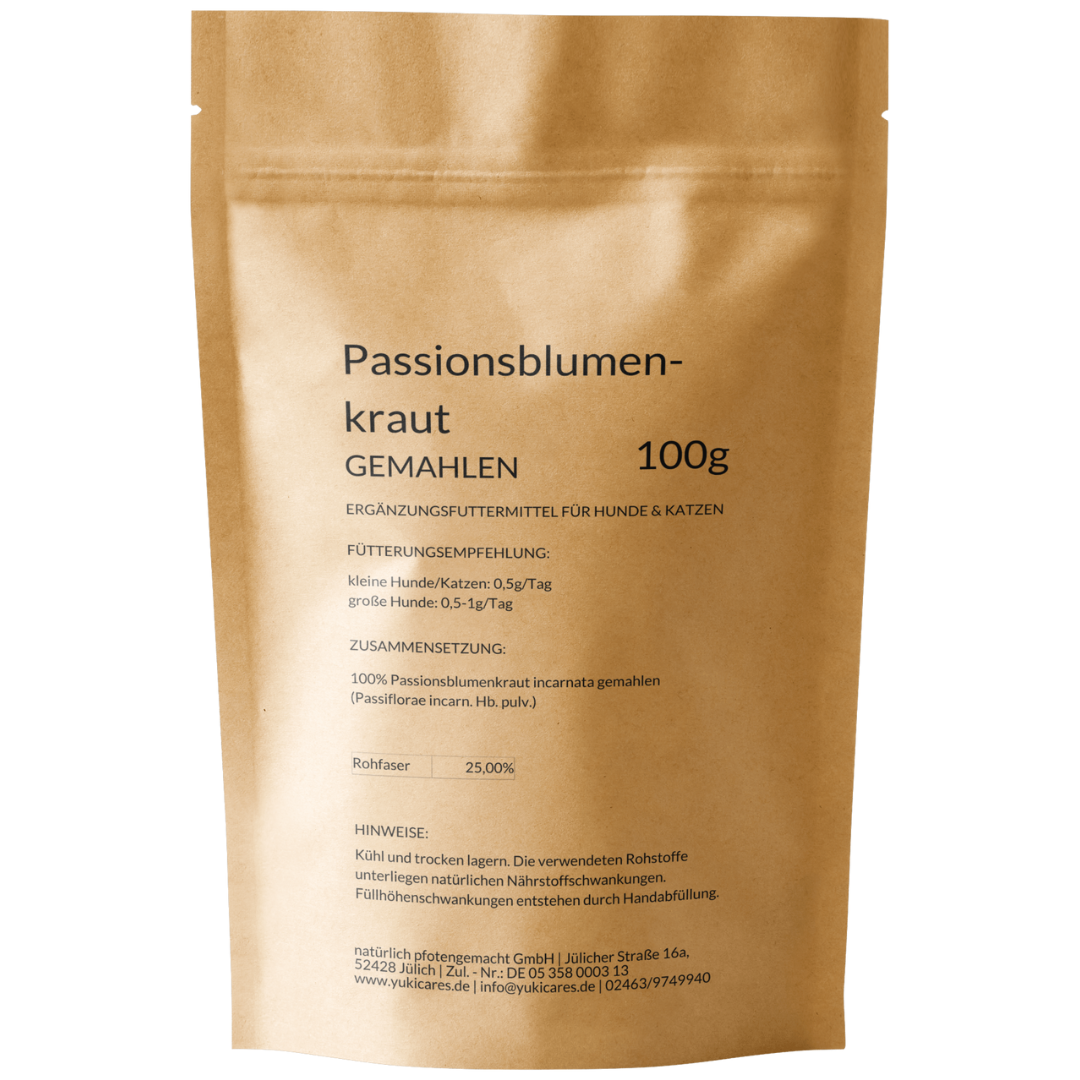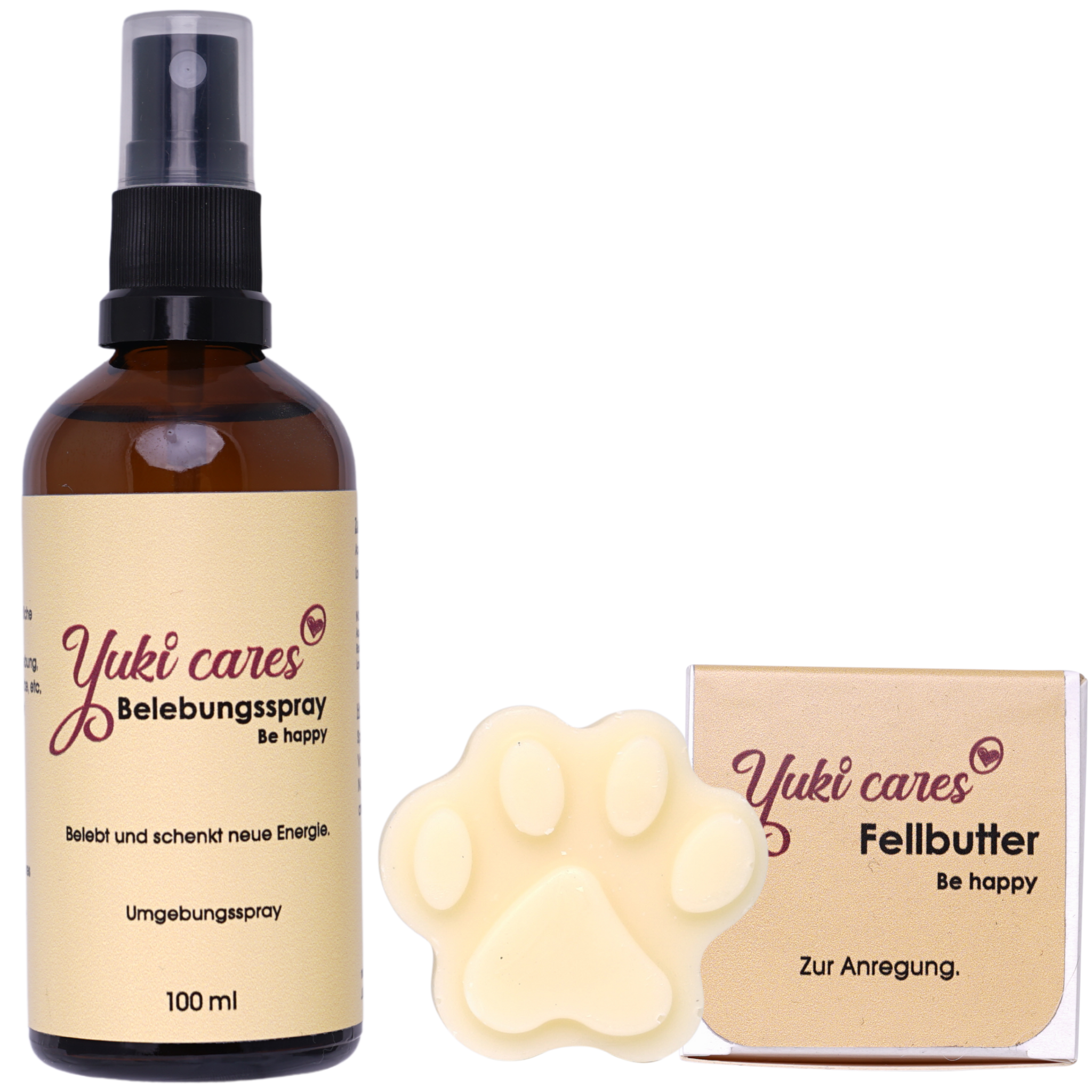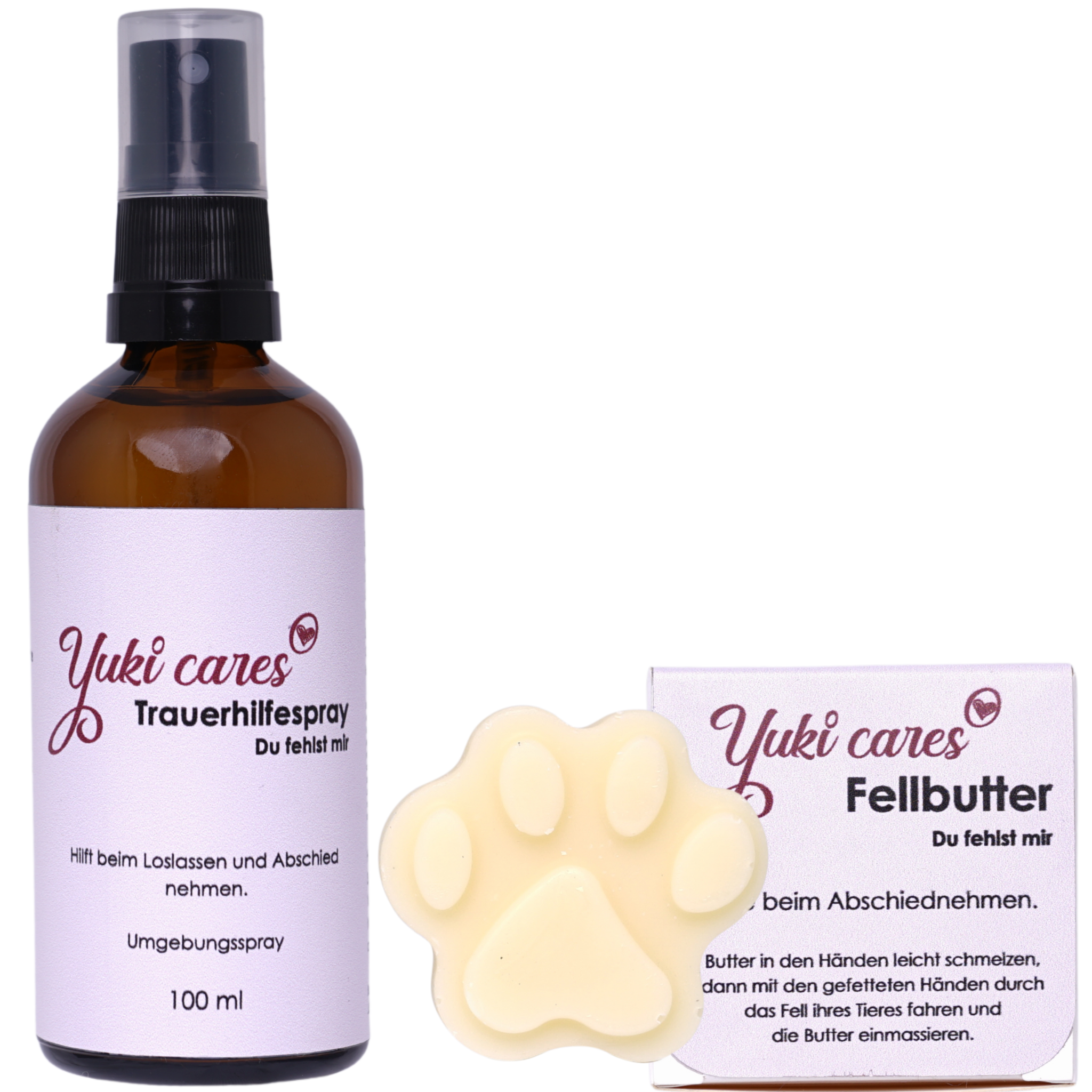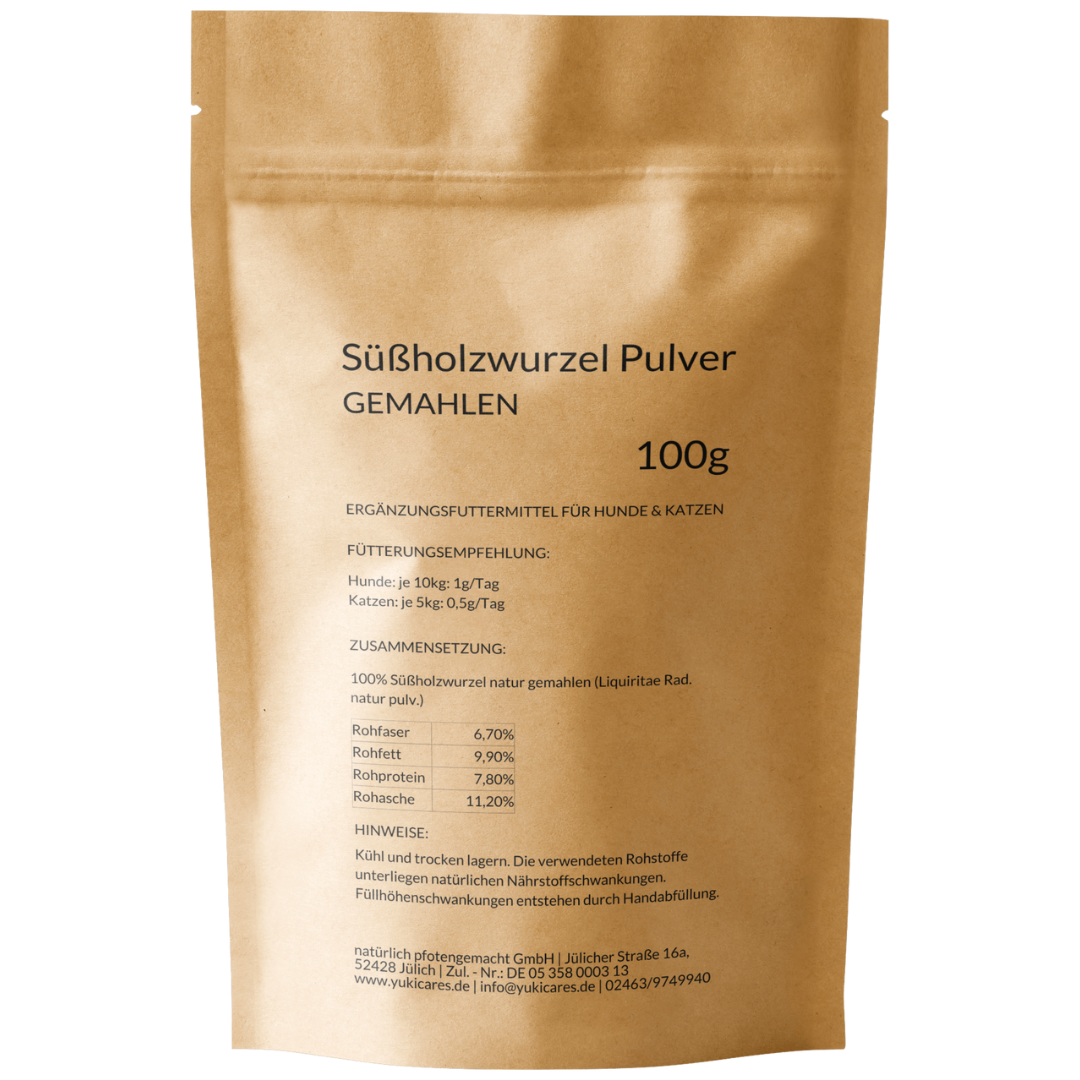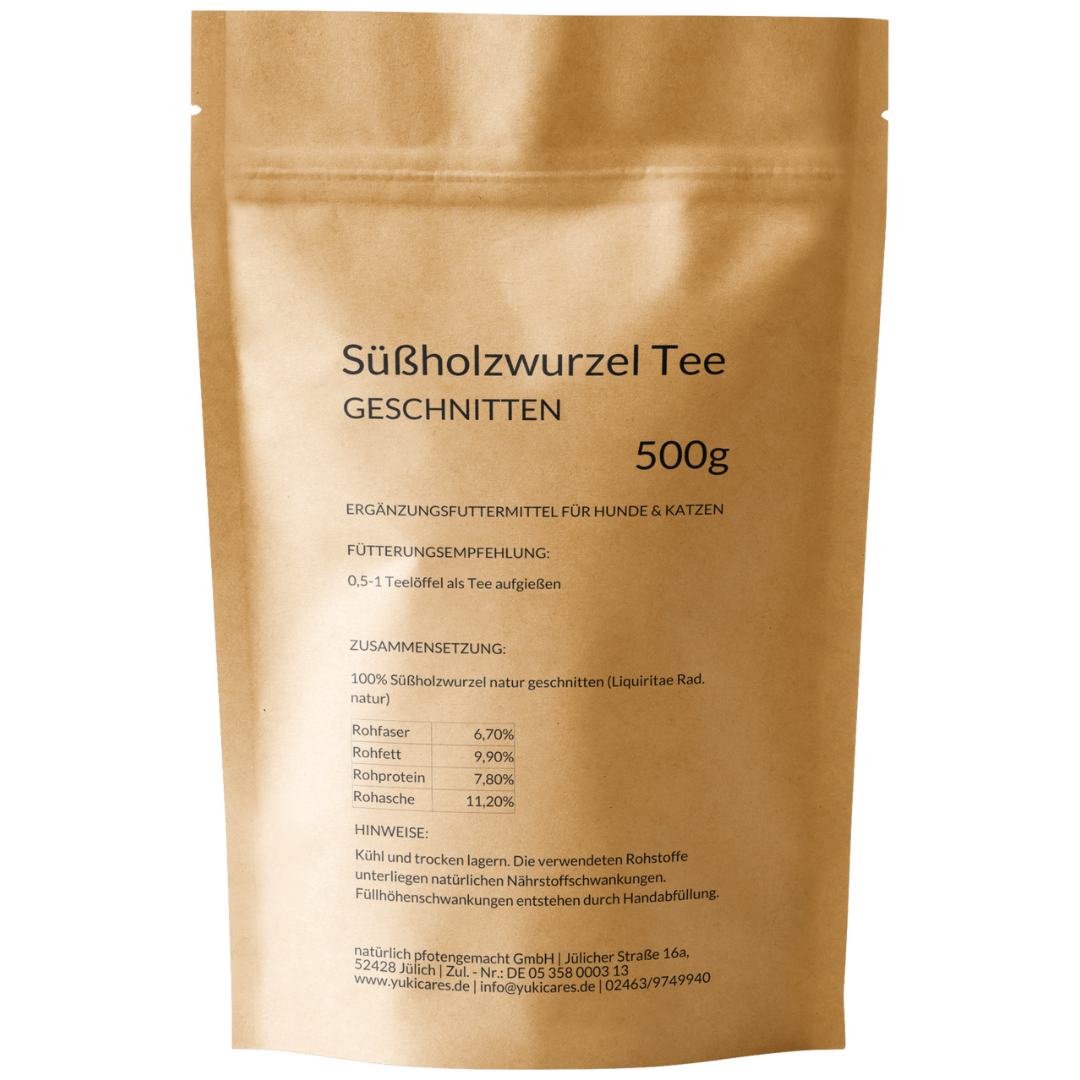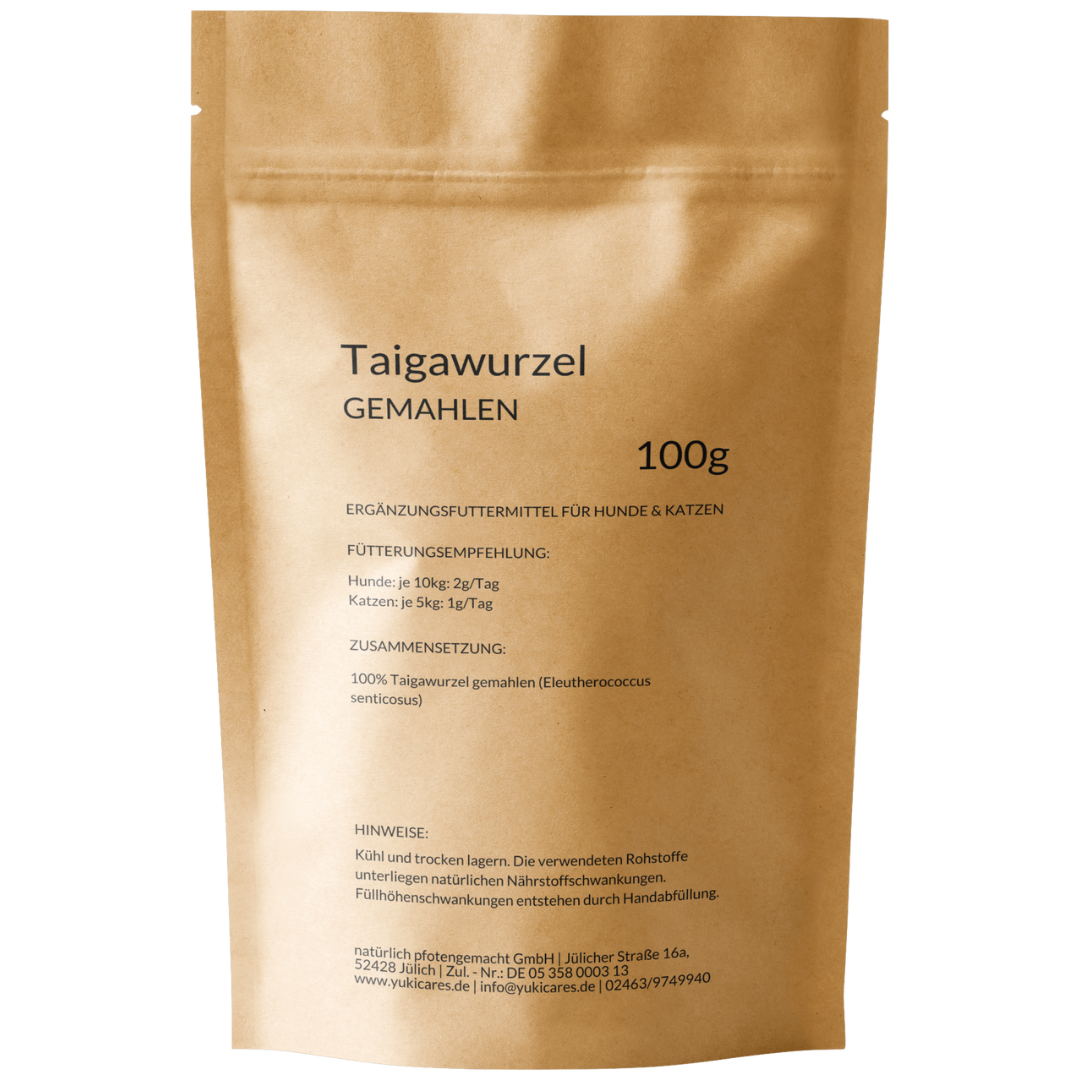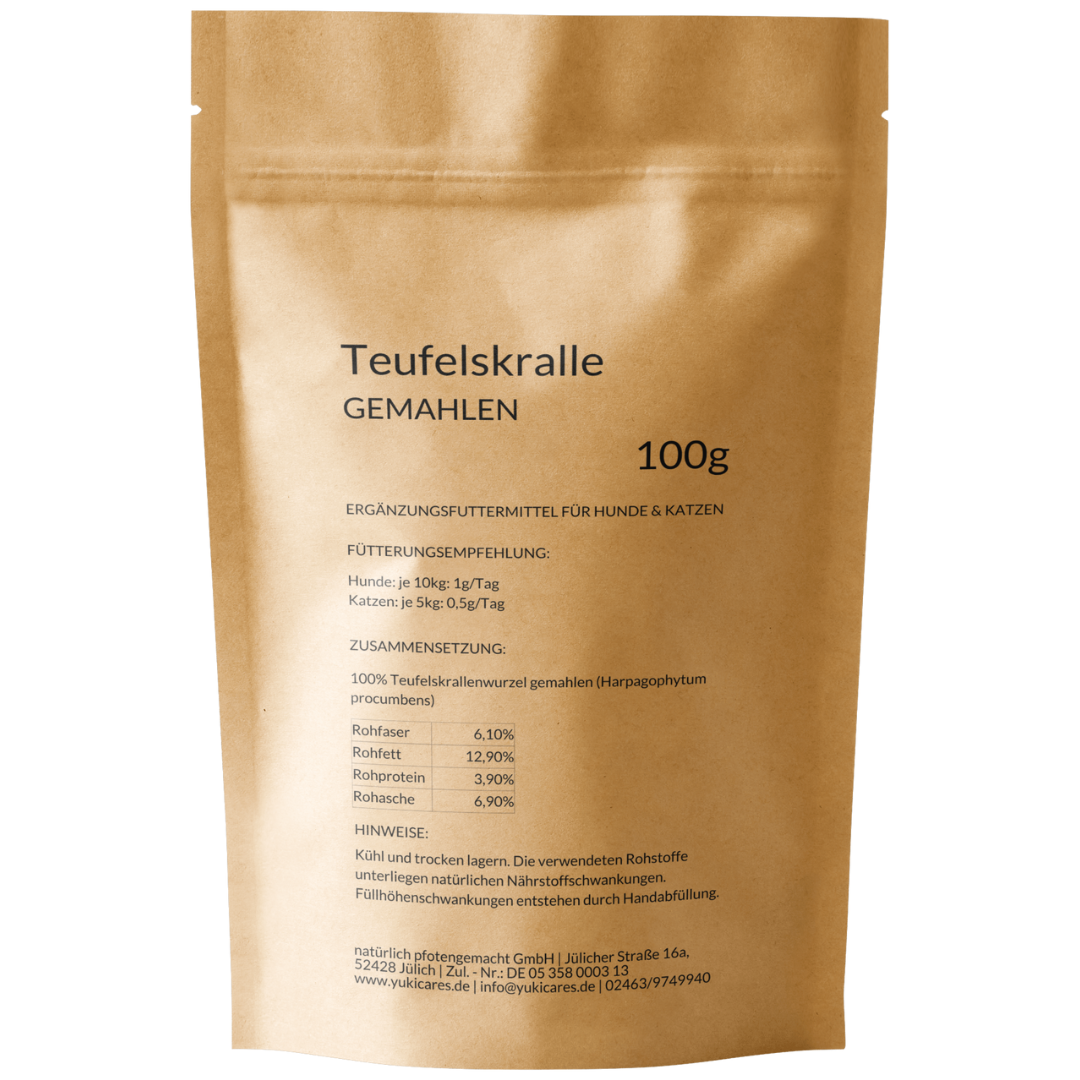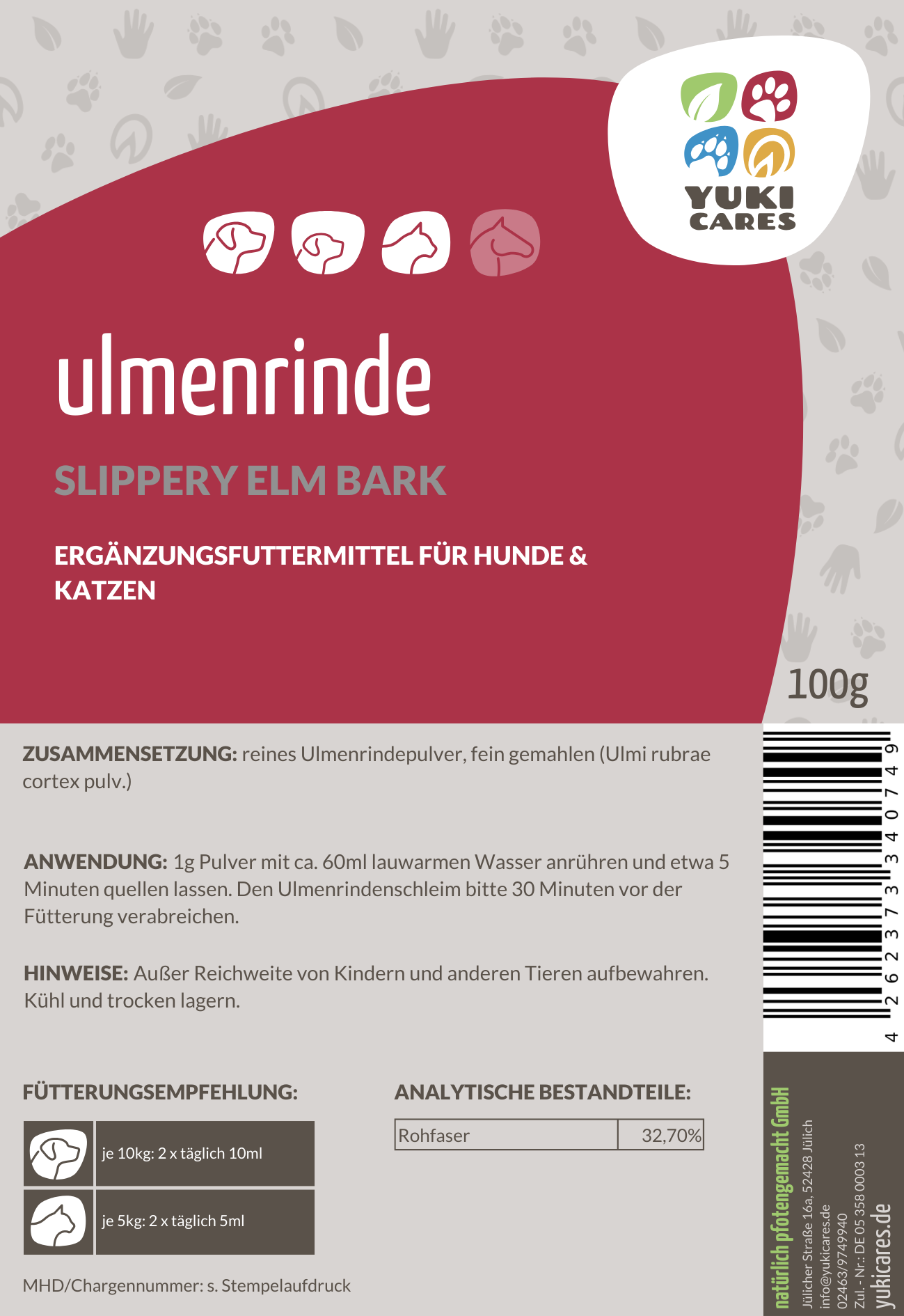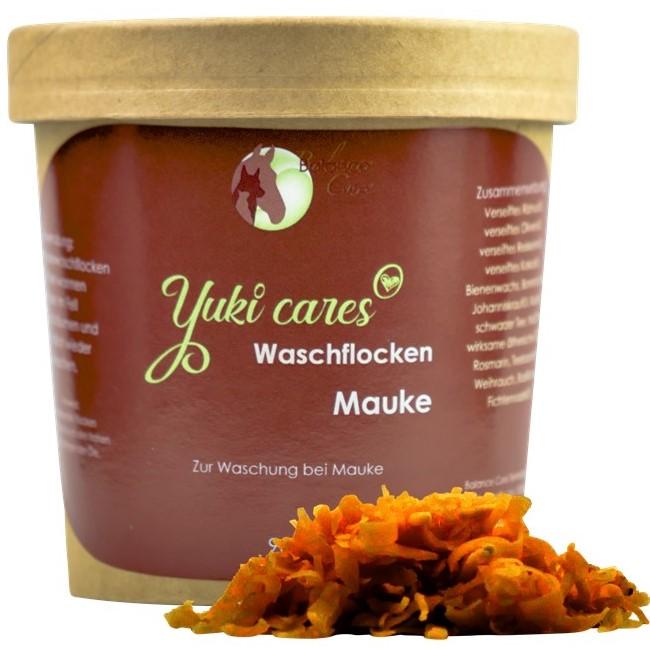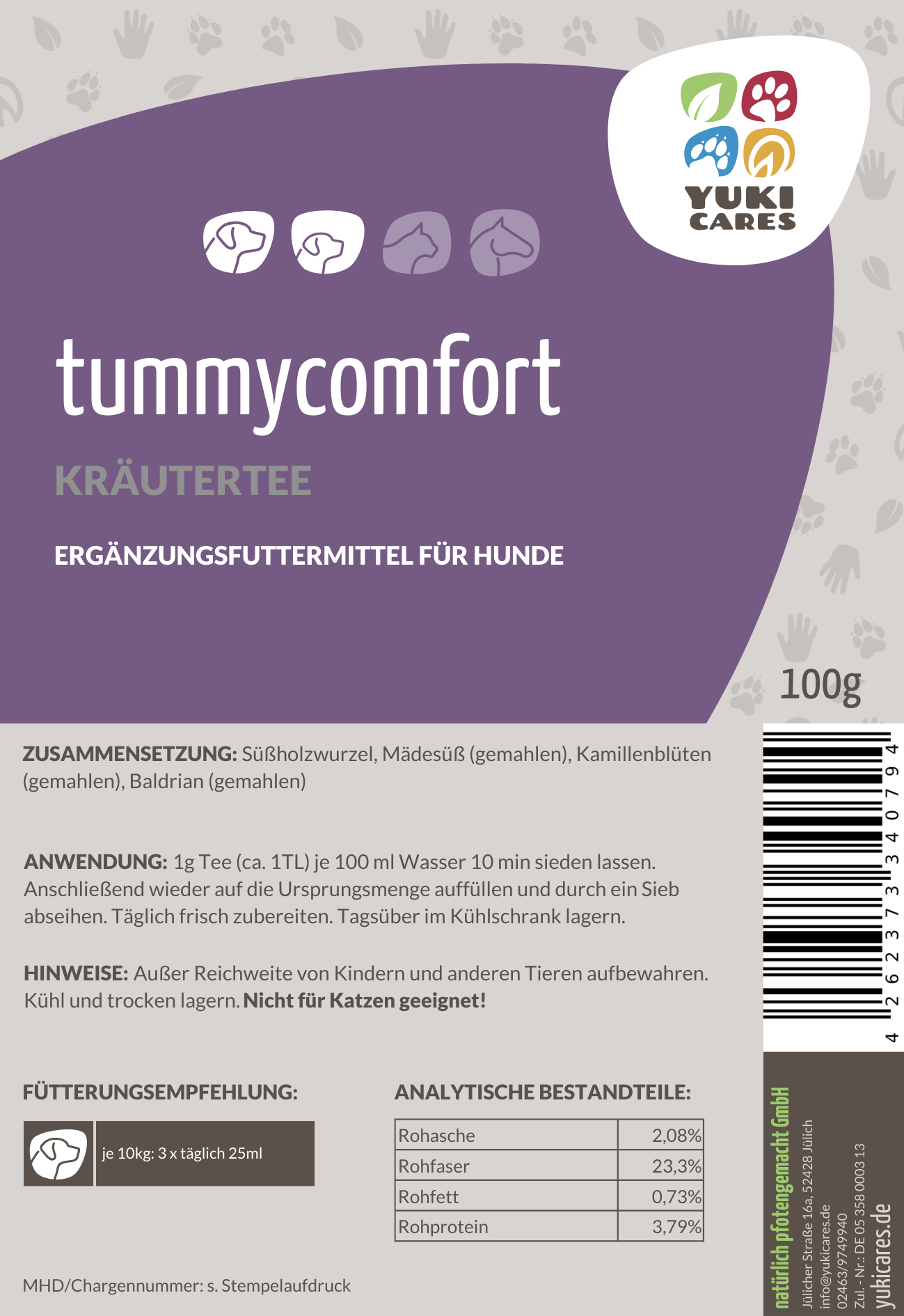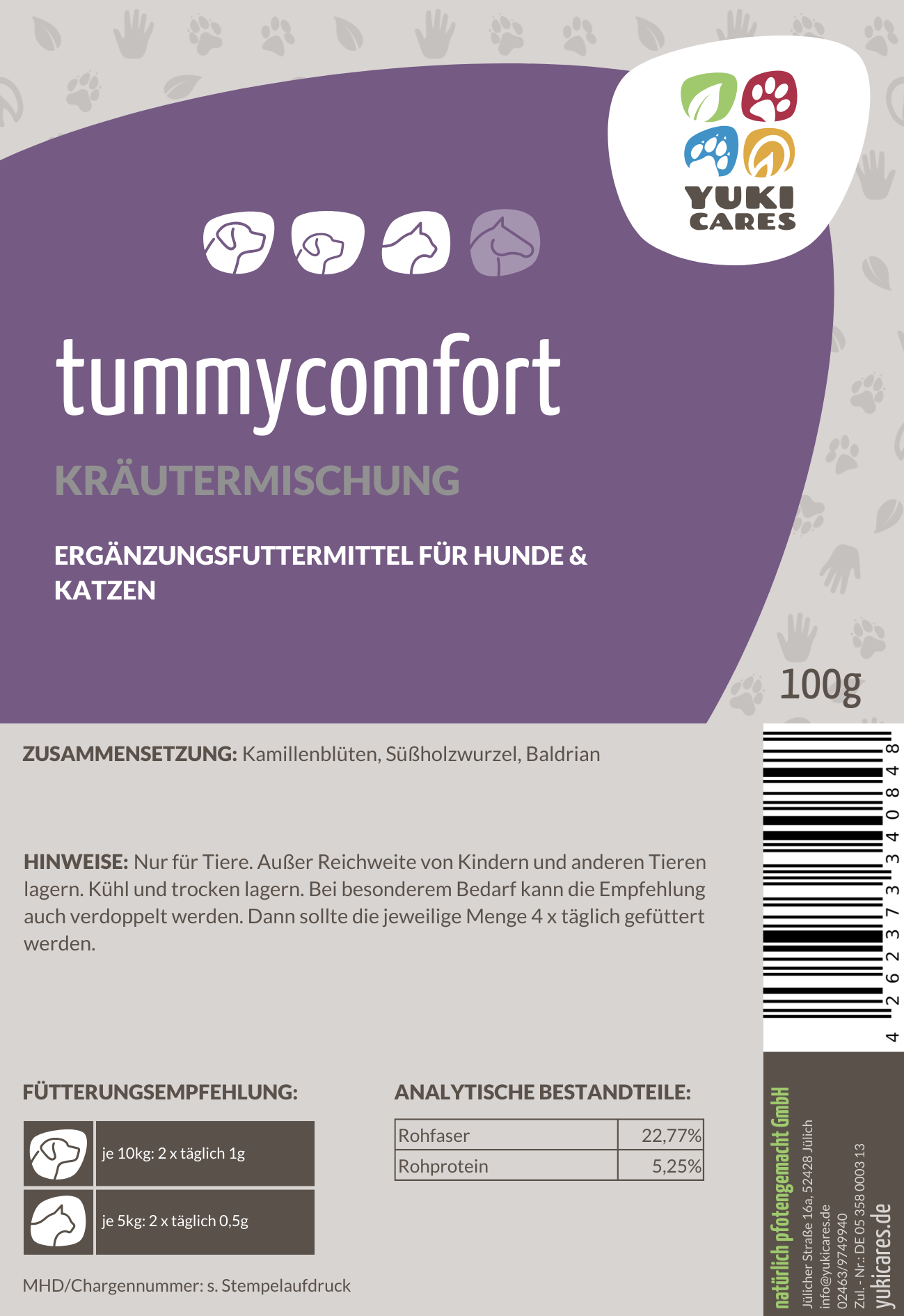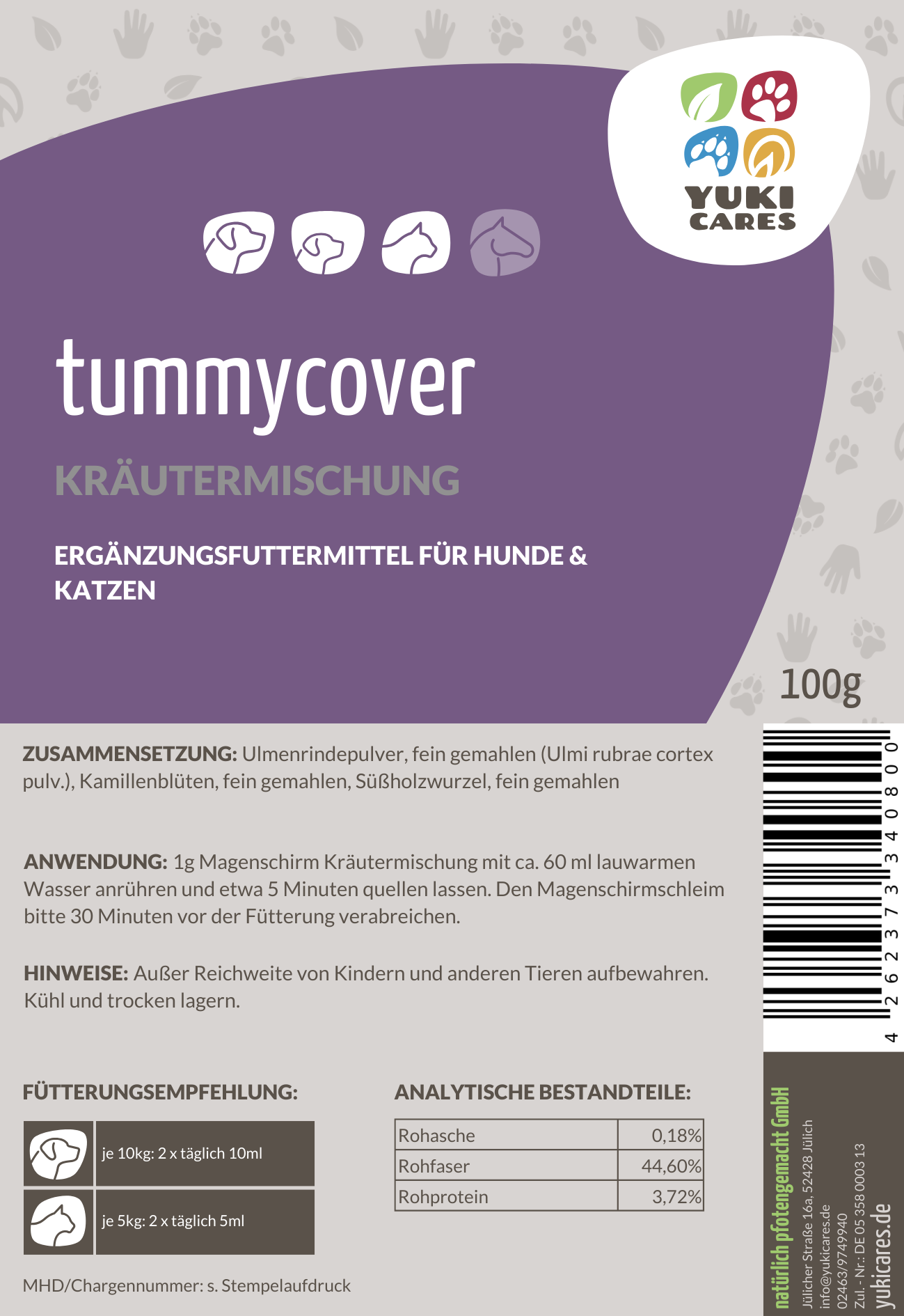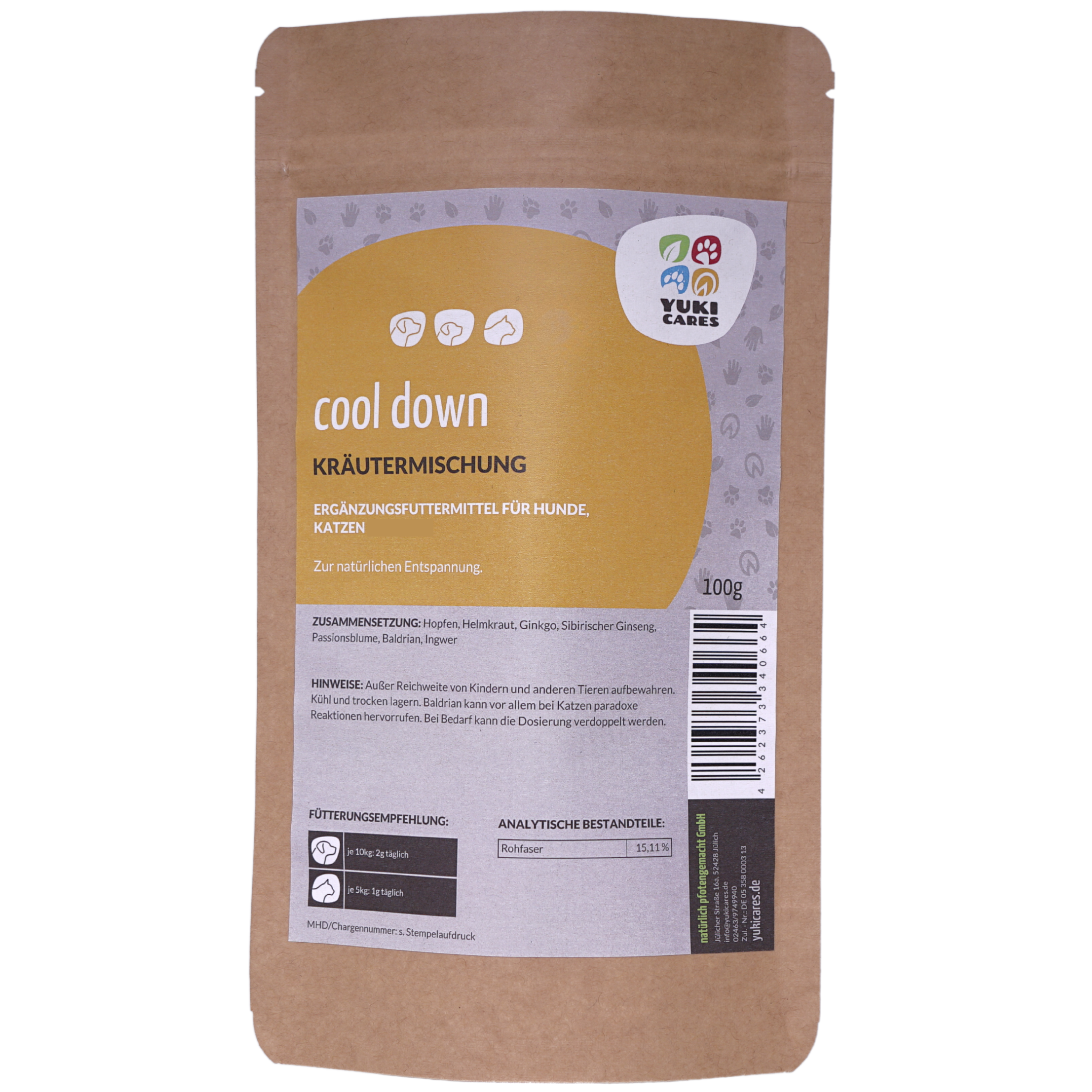Many dog owners ask this question. With this article, we can provide you with a clear answer. Canine physiotherapy isn't a newfangled phenomenon. Physiotherapy has been considered a reputable treatment method in veterinary medicine for years. If you have physical complaints, it's normal for you to visit a physiotherapist. Why is this treatment method often ridiculed in animals? Furry friends have the same problems with their musculoskeletal system. We'll explore this topic in detail from all angles, giving you an overview of the numerous areas of application for the benefit of your dog.
What is physiotherapy for dogs?
When can physiotherapy help?
What tools are used?
How does a physiotherapy session work?
How do you find a therapist?
How much does physiotherapy cost for my dog?
Is physiotherapy also available for cats and horses?
The differences between physiotherapists, osteopaths, animal healers and nutritionists.
What is physiotherapy for dogs?
The goal of a canine physiotherapist is to maintain, improve, or restore joint mobility, as well as relieve existing pain. Supportive and accompanying measures after surgeries and accidents enable better rehabilitation. Physiotherapy can also be used as a preventative measure or to improve the quality of life for "gray muzzles." Physiotherapy for dogs is divided into two areas:
Active therapy
Here, movement exercises are carried out together with the four-legged friend.
Passive therapy
With this method, the dog is treated by the physiotherapist in a relaxed and calm atmosphere without any activity on his part.
Where can physiotherapy help?
In general, physiotherapy can help with surgical, orthopedic, and neurological problems in dogs. Here are some of the possible areas of application:
Diseases of the musculoskeletal system
- Bone fractures
- Hip dysplasia (HD) - read Yuki's experience report here
- Elbow dysplasia (ED)
- Spinal problems
- Osteoarthritis
- Skeletal developmental disorder (OCD)
- Knee joint injuries
- Blockades
Diseases of the muscles and tendons
- Tensions
- Abbreviations
- Dislocations
- Ruptures
Diseases of the nervous system
- Paralysis
- Herniated discs
- Nerve damage
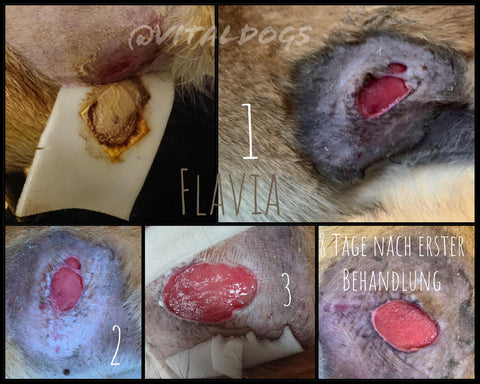
Diseases of the lymphatic system
- Wound healing disorders
Rehabilitation after operations and accidents
- cruciate ligament tear
- Scarring
- muscle building
- Meniscus damage
Mental disorders
- trauma
- nervousness
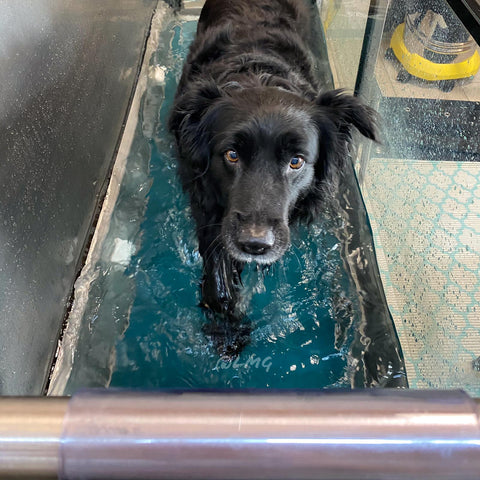
Preventive measures
- Muscle stretching
- Muscle relaxation
- muscle building
- Warm-up and cool-down exercises (dog sports)
- Maintaining mobility in older dogs
- relaxation exercises
What tools does a dog physiotherapist use?
As listed above, physiotherapy can be helpful for dogs in many areas. Naturally, physiotherapists utilize several tools in their work. Below, we provide an overview:
Active physiotherapy
Active exercise therapy promotes muscle building together with your dog. Motor skills, balance, and coordination are also trained. Your dog's cooperation is essential. This is achieved through treats or toys. Your dog should enjoy exercise again without fear of pain. The "training sessions" are not only tailored to medical necessity; the "fun factor" of the four-legged patient must also be taken into account. A good physiotherapist sees your dog's overall picture. The goal is to restore mobility and build the dog's psyche. The duration and frequency of the active treatment method are individually tailored to your dog. Overexertion would undermine the healing process, both physically and mentally.
- Aid water
With an underwater treadmill, your dog is playfully supported in its movements in warm water. Adapted to your dog's needs (type of injury, age), the training improves stamina and muscles. The warm water promotes circulation and relieves pressure on the joints during movement. Controlled swimming in a heated pool can also be used to improve gait. A "life jacket" is placed on your dog to support it. In addition, contact with the therapist is maintained via a "leash" to guide its movements.
In this video, Yuki is using the underwater treadmill for the second time ever. She's now very comfortable and relaxed with the exercises.
- Aids devices
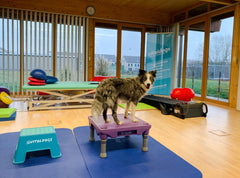 Of course, a treadmill (without water) is just as useful here as poles, for example. The former trains muscles and stamina. Small inclines can particularly improve hindquarters mobility. Slalom training improves agility. Cavaletti (low hurdles) can also be incorporated into the routine. The combination of both also improves concentration. Trampolines, balance cushions, and wobble boards are used for concentration and balance training. Various surfaces are suitable for these training sessions. It is important that your dog does not injure himself, and he should not be afraid of different materials (foam, plastic). These coordination exercises can also be performed at home with the consultation of a canine physiotherapist.
Of course, a treadmill (without water) is just as useful here as poles, for example. The former trains muscles and stamina. Small inclines can particularly improve hindquarters mobility. Slalom training improves agility. Cavaletti (low hurdles) can also be incorporated into the routine. The combination of both also improves concentration. Trampolines, balance cushions, and wobble boards are used for concentration and balance training. Various surfaces are suitable for these training sessions. It is important that your dog does not injure himself, and he should not be afraid of different materials (foam, plastic). These coordination exercises can also be performed at home with the consultation of a canine physiotherapist.
- Aids Hands
The physiotherapist's hands not only guide the individual exercises, but can also apply pressure to specific areas of the body. This light pressure activates the individual muscles through tension, increasing the positive response. This practice is useful when weaknesses in the hind or forequarters are to be improved.
Passive physiotherapy
Passive treatment is performed on a relaxed four-legged patient. The physiotherapist achieves this through a calm environment, empathetic behavior, and the presence of the dog owner. There are various methods for this type of therapy. The goal is to improve joint mobility and stimulate the production of synovial fluid in the joint capsules. As a side effect, the cardiovascular system and metabolism (hunger, bowel and bladder emptying) are stimulated. This is particularly beneficial, for example, in patients who are in a sedentary state. Passive treatment methods include:
- Massages and stretching exercises
There are two types of massage: relaxing and stimulating. Grip techniques target and relieve muscle tension. Stretching exercises for individual joints can release blockages and reduce pain during movement. These stretching techniques are helpful for shortened muscles and can improve restrictions. This passive treatment method is also suitable as a preventative measure for dog athletes.
- Treatment with heat and cold
Heat promotes blood circulation in the joints and has a relaxing effect. The use of red light, heat packs (grains), or a hot roll sometimes serves as a preparation for further treatment steps. Cold causes tissue contraction and blood circulation is reduced. This method is particularly effective in relieving pain for sprains and bruises.
- Manual therapy
Manual therapy is used to treat joint problems. In joints affected by osteoarthritis or arthritis, passive movements (traction and compression) release blockages and stretch muscles. This method is helpful for restoring mobility to "old" joints.
- Laser, electro- and magnetic field therapy
These treatment options are well known in human medicine. In veterinary medicine, they are also used specifically for pain relief, supporting the healing process, and nerve stimulation. Electrotherapy with small TENS devices is possible at home. Please note that you should only perform supportive electrotherapy after consulting a canine physiotherapist. Well-intentioned support can be harmful due to ignorance.
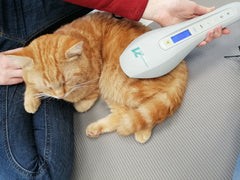
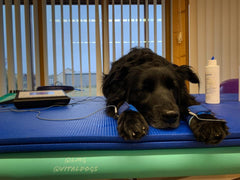
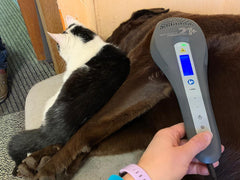
What other forms of treatment are included in physiotherapy?
Canine physiotherapists can qualify for additional treatment methods through appropriate additional training. When treating your four-legged friend, they combine traditional therapies with more specialized treatment options. This allows each training session to be even more tailored to your dog's individual needs. The following additional training options are available to physiotherapists:
- Manual lymphatic drainage
- Dorn therapy
- Osteopathy
- acupuncture
- Craniosacral therapy
- Phytotherapy
How does a physiotherapy session work?
After making an appointment, you and your furry friend will visit a physiotherapist. The reasons vary. Either your veterinarian has recommended physiotherapy as a follow-up treatment, or your dog is limping and in pain, or something similar. In any case, the first session always proceeds in a similar way.
Introduction of the patient
The therapist asks about the acute problems and the reasons why they occur. What is the dog's medical history (surgery, accidents, veterinary diagnosis)? Test results can be requested via email to complete the overall assessment. Have any behavioral changes occurred recently? How old is the dog? This thorough medical history is an important component of canine physiotherapy, as the patient cannot explain their symptoms on their own.
Patient assessment
The physiotherapist then examines the dog at rest and in motion. This expert eye can detect the initial problems and form a picture. Often, the obvious effects (lameness) are not the cause of an uneven gait or difficulty standing.
Examination of the patient
The initial physical assessment is completed by palpating the problematic areas (muscles, spine). Of course, the joints, paws, and neck area are also examined by palpation.
Determination of therapy
Based on all the information (medical history, assessment, examination), the physiotherapist can get a better understanding of your dog's problems. An individualized treatment plan (type of treatment, frequency, and duration of the interventions) is then determined.
First therapy session
There are different options here. Either a detailed preliminary consultation is conducted followed by a therapy session, or a later date must be agreed upon for the first session. Therapists handle this differently.
This also depends on whether the therapist is an office therapist or a mobile physiotherapist. This question can be clarified during the initial telephone conversation when scheduling an appointment.
How can you find a therapist near you?
- You have many options in this regard. Many veterinarians and animal health practitioners work together with physiotherapists. When making recommendations, you can be sure that the suggestion will be in your best interest. Neither a veterinarian nor an animal health practitioner can afford dissatisfied dog owners. If there are complaints about treatment or handling of the animal, they must respond and will no longer make recommendations. Furthermore, your veterinarian knows their patient and can assess which therapist is suitable for them.
- A dog owner has a large circle of friends and acquaintances. Dog lovers meet while walking the dog, at the dog park, or do dog sports together. A good physiotherapist is known by word of mouth. Good work spreads quickly, as do criticisms. In this area, you can get good tips. A mobile physiotherapist is sometimes touted as an "insider tip." The therapist performs the treatment in the dog's familiar environment. This can be an advantage for anxious or distrustful dogs. It is also positive for large dogs that are prone to being in a restrained position. If a nerve is pinched, the initial treatment can be given while the dog is lying down. This eliminates the problem of transport, and the anxious dog can be treated at home.
- If you're new to the area and don't know a veterinarian or have any dog-loving friends yet, the internet can help. The website provides information about treatment and therapy options. The practice team is introduced, and reviews can help you evaluate the therapeutic work. The search function makes it easy to find dog therapists in your area.
- Of course, you can inquire about physiotherapy practices at various associations. Regional breeding associations, dog sports associations, or the Association for Animal Physiotherapy will be happy to help you. Animal shelters also work with physiotherapists.
Yuki is treated and cared for by Vierbeinig Vital in the Cologne area, where the photos and videos of Yuki were taken. Monika Walker provides treatment at the veterinary practice on the Erft in 50127 Bergheim and at the GesHUNDheit practice in 53881 Euskirchen.
The other photos are from Vitaldogs Animal Practice & Physiotherapy . Linda Geiser provides therapy in her own practice in 50181 Bedburg.
What are the costs of physiotherapy?
Personal load
The costs of a therapy session vary depending on several factors:
- Duration of treatment (30, 40 or 60 minutes)
- mobile physiotherapist (travel costs)
- Veterinarian is also a physiotherapist (billing according to the German Fee Schedule – GOT)
- independent physiotherapist (no fee schedule, free price level)
Despite these many factors, you can expect a price per training session between €30 and €50. The time commitment for the initial appointment is calculated as a higher flat rate. A larger group practice has more financial options. For example, they can offer a base price. Other physiotherapy treatments can be booked individually. For longer therapy sessions, offers such as 10-session passes or special offers are worthwhile. It's a good idea to compare prices on the "physiotherapy for dogs" market.
Insurance benefit
Of course, you can take out health insurance for your dog. Some policies even cover alternative treatment methods (physiotherapy, homeopathy). Unfortunately, health insurance coverage for dogs usually comes with a catch. The financial burden of dog health insurance depends on several criteria:
- Age of the dog
- prehistory
- Health check from a certain dog age
- Personal contribution
- Waiting times for certain services
- Amount of annual benefits
- Restrictions for certain breeds
In general, health insurance coverage for dogs can reduce the burden of veterinary costs and other expenses in an emergency. To be honest, it's only worthwhile if you take out a policy with a young dog. Once your furry friend reaches middle age, things get more complicated. It's a matter of calculating: the financial burden of the insurance versus the potential medical costs in an emergency. If you have an insurance policy, check the range of benefits. A quick call to your insurance company will also clarify whether they will cover the costs of physiotherapy. Physiotherapy is sometimes covered after surgery, and all other indications are your "private pleasure." If you receive confirmation of physiotherapy benefits over the phone, get it confirmed in writing, either by letter or email.
Is physiotherapy also possible for cats and horses?
Of course, physiotherapy is also a good treatment method for cats and horses, and it is just as successful. There are a few differences in the way it is performed compared to canine physiotherapy. This is not due to the therapy itself, but rather to the different patients (character, size, peculiarities).
cats
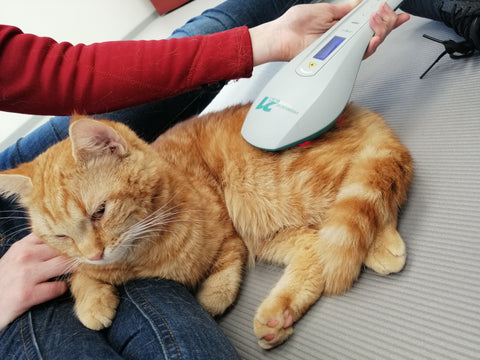 These sensitive felines aren't always gentle, and they hate vet visits. They can become furious. The same applies to visits to a physiotherapist. The question here isn't whether cats need physiotherapy, but rather how do I explain it to them?
These sensitive felines aren't always gentle, and they hate vet visits. They can become furious. The same applies to visits to a physiotherapist. The question here isn't whether cats need physiotherapy, but rather how do I explain it to them?
Some animal physiotherapists specialize in treating cats. "Mobile" therapists offer an alternative and an advantage. The therapist can talk to the cat owner in peace. The curious cat will come back after a while to examine the visitor. The environment of one's own home has a relaxing effect.
During a visit to the practice, the stress of transport (cage, car) must first be reduced. This is the biggest obstacle to a relaxed therapy session. During an informative conversation between the therapist and the cat owner, there is an opportunity to allow the cat to examine the room and the objects undisturbed.
When treating cats, the collaboration between the therapist and the owner is even more important than with dogs. These cats prefer to keep physical pain to themselves. Only by closely observing the "can opener" can deficiencies be identified. The cat owner acts as the physical therapist's assistant in two areas: recognition and supportive execution.
horses
Due to the size of the four-legged patients, the equine therapist comes to the patient's home. In a quiet stable area, he or she can perform physiotherapy exercises to improve spinal and limb mobility. Horses are grateful patients. They may be a bit wary at first, but are quickly calmed by the owner's presence. Afterwards, the horse owner receives some tips for exercises to loosen the muscles and restore the back's "swing."
There are even rehabilitation centers for sport horses. Patients are housed in the associated stables for the duration of their treatment. Physiotherapy is sometimes performed as a preventative measure. The rehabilitation of racehorses or competition horses is a major area of physiotherapy. The element of water is important for muscle building in equine physiotherapy. Controlled treading or swimming in a pool stimulates the muscles, similar to an underwater treadmill for dogs.
What is the difference between an animal physiotherapist, an animal osteopath, an animal naturopath and an animal nutritionist?
These four professions share a common goal: They work for the welfare of animals, each in their own way. The differences are outlined below:
Animal physiotherapist
An animal physiotherapist treats posture and movement disorders, as well as pain conditions in the affected animal. Improvements in gait and quality of life are achieved through various techniques and aids. The goal of the animal physiotherapist is to improve or correct limitations and defects. Preventive measures can prevent diseases of the musculoskeletal system. This alternative method can be used both as a preventative measure and in the treatment of illness.
Animal osteopath
In osteopathy, the animal is viewed as a whole. A healthy animal moves harmoniously. If this harmony (balance) is disturbed, movement restrictions often occur. The animal osteopath works with his or her hands. By palpating various body regions, tensions and blockages are identified. The gentle manual technique activates the body's self-healing process. The goal is to restore the body's interaction (harmony). The basic idea of osteopathy is:
- Relationship between structure and function
- Interaction of the arterial supply (blood, lymph)
- Body unit (disturbance in one area can negatively affect other regions)
- Self-healing function of the body
An animal osteopath treats illnesses. Only when certain symptoms are present is a suspected imbalance investigated. Here, the "healing" hands of an osteopath can activate the harmony of the body's functions through gentle techniques, thus correcting defects.
Animal healer
An animal naturopath is an alternative to a veterinarian. Unfortunately, the profession of animal naturopath is not (yet) protected, and training for this profession is not regulated. This means that there are unfortunately a few black sheep in the sector. Animal naturopaths use alternative therapy methods, such as homeopathy, traditional Chinese medicine, bioresonance therapy, Bach flower therapy and/or herbal medicine for the well-being of the animal. For many animal naturopaths, appropriate nutrition also plays an important role in treatment. The biggest difference between a veterinarian and an animal naturopath is the different perspectives on the patient and the symptoms. While a veterinarian often focuses on the symptoms and eliminates them, an animal naturopath looks at the animal as a whole and tries to find and eliminate the cause of the symptoms. These alternative treatment methods can be used in addition to regular veterinary medicine, but they are often the last hope for chronically ill patients.
A practical example of the different approaches taken by veterinarians and animal health practitioners is the treatment of recurring diarrhea, which is a common occurrence in practice. The veterinarian attempts to compensate for the loss caused by the diarrhea (rejuvenation injections) and to stop it (a light diet, or if it doesn't improve, antibiotics and/or cortisone). This is usually followed by a symptom-free period, and shortly thereafter the animal experiences diarrhea again and is treated in the same way. A parasite test is often performed and appropriate treatment is administered, although this often lacks lasting success. The animal health practitioner, of course, primarily aims to stop the diarrhea and rebuild the weakened animal (a light diet and appropriate herbal remedies, homeopathy, or appropriate acupuncture). Then he asks himself what the reason for the recurring diarrhea is, carries out further diagnostics (e.g. special stool tests (parasites, intestinal flora, pancreas, gut-associated immune system...) or exclusion diets) and tries to stabilize the animal sustainably.
An animal health practitioner can provide preventative and healing services.
Animal nutritionist
The animal nutritionist is the contact person for species-appropriate feeding or the appropriate feeding for a wide variety of illnesses. They are responsible for ensuring that the animal's health is maintained or improved through the correct diet. Feed-related illnesses can be corrected or prevented with the help of a nutritionist. The animal nutritionist provides the animal owner with information about their animal's maintenance requirements, feed ingredients, and the composition of the correct feed ration. An animal nutritionist has specialist knowledge of the animal's digestive tract and metabolic processes. By specializing in a specific animal group (e.g., horse, dog, cat), the nutritionist can teach the animal owner about species-appropriate nutrition for their "favorite." An animal nutritionist should work independently, without affiliation with a feed manufacturer.
The use of an animal nutritionist can prevent illness or combat and improve existing conditions caused by feeding errors. Expert information guides the pet owner on species-appropriate and natural feeding. This can prevent metabolic diseases or obesity early on. Likewise, support with changing the diet can improve or resolve existing conditions (allergies, diarrhea, arthritis, cancer).
Conclusion
Physiotherapy for dogs is a good alternative to help your pet with mobility problems. Not only for serious injuries, but also as a preventative measure. For dog sports enthusiasts or those involved in leisure activities (jogging, cycling, long hikes), the risk of injury can be reduced. The quality of life of these "gray noses" can be maintained or improved well into old age. This way, you can better manage your furry friend's age-related aches and pains.
Some even offer a combination of alternative treatments (physiotherapy, osteopathy, and naturopathic medicine) from a single source. This gives you the opportunity to find the best therapy for your dog. Physiotherapy for dogs is definitely not a fad. It's a way to help alleviate the physical suffering of a modern dog.
Text by Balance Cure Tierheilpraxis & Textbroker / Pamina 2
Photos by Balance Cure Animal Health Practice, Animal Physiotherapy Practice Vierbeinig Vital and Vitaldogs Animal Practice & Physiotherapy
This text contains affiliate links (*)
Through these links, we recommend certain products and may earn a commission. The products don't cost any more, we promise.
If you would like to be regularly informed about new blog articles, simply sign up for our newsletter below!
